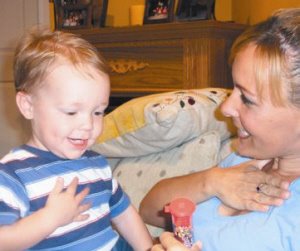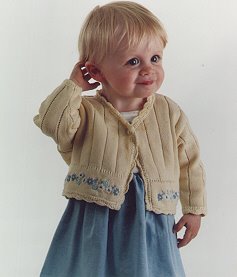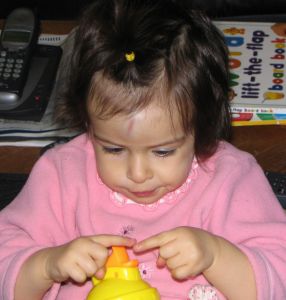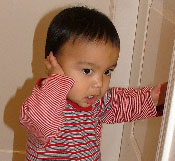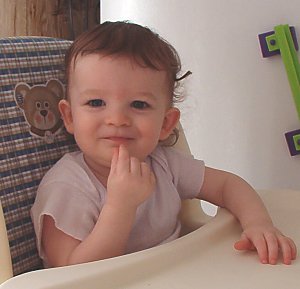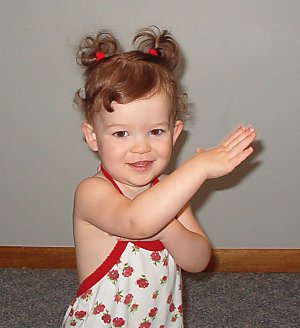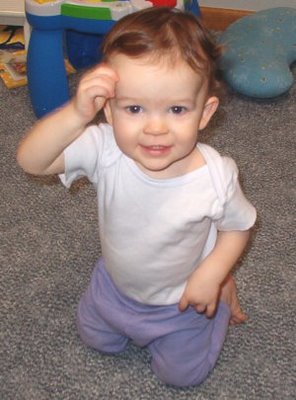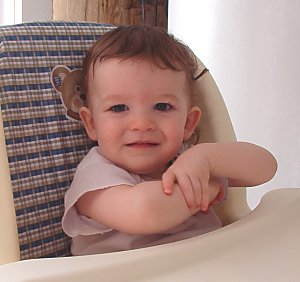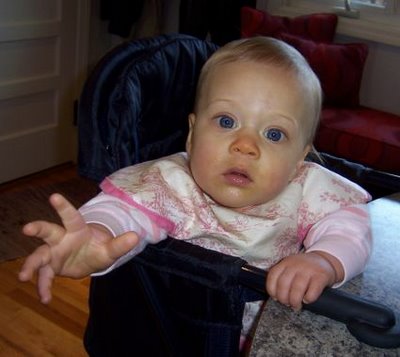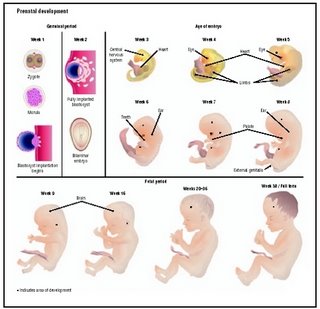Disciplining Babies
 Babies are little people that look to their parents and caregivers for guidance and boundaries. Any child needs boundaries. Boundaries define the limits of appropriate actions for the child. A child does not feel safe unless they have safe limits shown to them.
Babies are little people that look to their parents and caregivers for guidance and boundaries. Any child needs boundaries. Boundaries define the limits of appropriate actions for the child. A child does not feel safe unless they have safe limits shown to them.
1. Babies are not born knowing how to redirect themselves. The child has the need to be shown from infancy on into their teen years how to redirect their actions and behaviors toward outlets that are safe for them.
When a baby is doing something that is dangerous to them, or playing with something that they are not supposed to get into, redirect them to a safer activity, or toy.
2. Help them with the appropriate activity or toy for ten seconds.
3. This is the amount of time a baby usually needs to forget the inappropriate toy or activity that they were doing.
4. Then you may walk away.
5. The baby has thus been successfully redirected!
This action will need to be repeated several times a day until the baby understands that certain things are off-limits. It may take only once with some babies, but more often than not the redirection will need to be done several times a day for each inappropriate activity or object the baby desires. It takes more effort to redirect a baby, than it does to smack their hands, but the rewards are greater with the redirection. Not only does the baby then experience no physical pain, but they also will learn something that will be very valuable to them the rest of their lives. They will eventually learn to redirect themselves and will not need intervention on the part of the parent or caregiver quite as often, and will be easier to deal with than the child who has had their hands smacked. Smacking a child’s hands is just suppression of behavior, redirection makes a child think.
Source: Essortment Home




